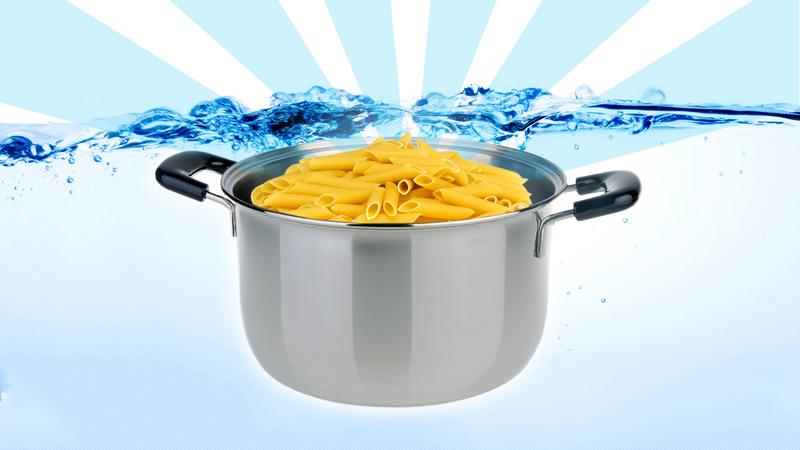
Now that you’ve learned the classic method, we’re going to blow your mind with this new way of cooking pasta in a sauté pan with a small amount of water. The water needs to taste like the sea, in order to flavour the pasta.

That washes away all the happy starches that bind it to the sauce. Salting the water is your only opportunity to season the pasta itself. Don’t rinse your pasta when it’s done cooking.
Perfect boil time for aldente pasta plus#
But that’s nothing a good stir won’t solve, plus oil could leave your pasta too slick for the sauce to cling. Some cooks are under the false assumption that a glug of olive oil will keep the strands from clumping.
Perfect boil time for aldente pasta how to#
How to fix undercooked pasta: If there’s more bite than you like, put it back in the pot with your saved cooking water (see below), add your sauce, and cook over medium high heat for an extra minute or two.

Put the drained pasta back into the pot with sauce (or into the saucepan if the sauce is still cooking and the pan is large enough), add your pasta water, and toss to evenly coat. Place a colander in the kitchen sink and drain your pasta. But no matter your preference, it’s better to err on the side of al dente because you can fix that if a not-quite-cooked texture isn’t your thing (instructions below). You dont need to put a lid on the pan: if its really boiling briskly it will come back to the boil in seconds, and if you put a lid on it will boil over. You see, al dente means 'to the tooth,' which can be a confusing definition for the uninitiated. Unless you love it softer - sometimes a bowl of slightly soggy noodles tastes like home. 18 hours ago &0183 &32 It may seem like a cliché, but there is a reason why al dente is truly the perfect pasta doneness. How does it feel on your teeth? Does the center resist just enough or is there still a bit of a crunch? Does the pasta have a springy bounce to it? That’s what you want. Once the water comes to a boil, add the salt a good guide is to use 2 tablespoons for every gallon of water. Fish out a single strand of pasta using a pasta fork (or whatever - we find a pair of chopsticks is perfect). Start checking the pasta’s doneness on the earlier range of the time frame.

(If you’re cooking at high altitude, that adds yet another variable.) Or is that 5 to 7 minutes? Or 10 to 12? Depends on the package and the pasta. Ever notice that the instructions give a range of time? For instance, regular dry spaghetti takes between 6 to 8 minutes. Test the pasta two minutes before it’s “ready”Ĭheck the pasta packaging for the cook times.


 0 kommentar(er)
0 kommentar(er)
